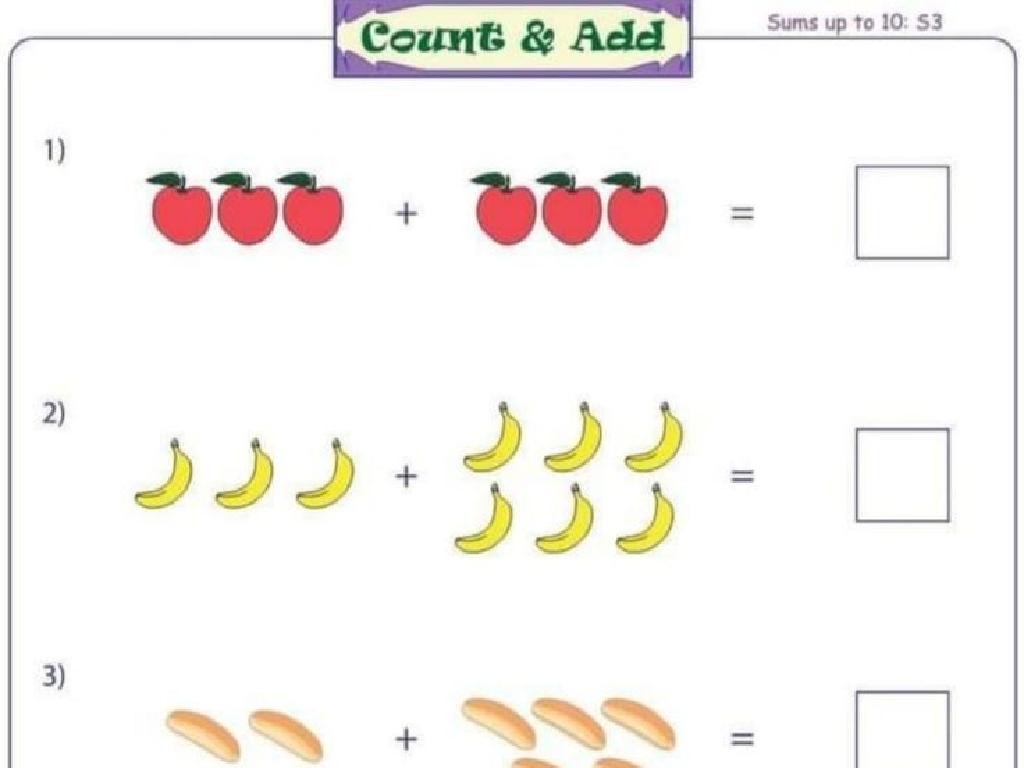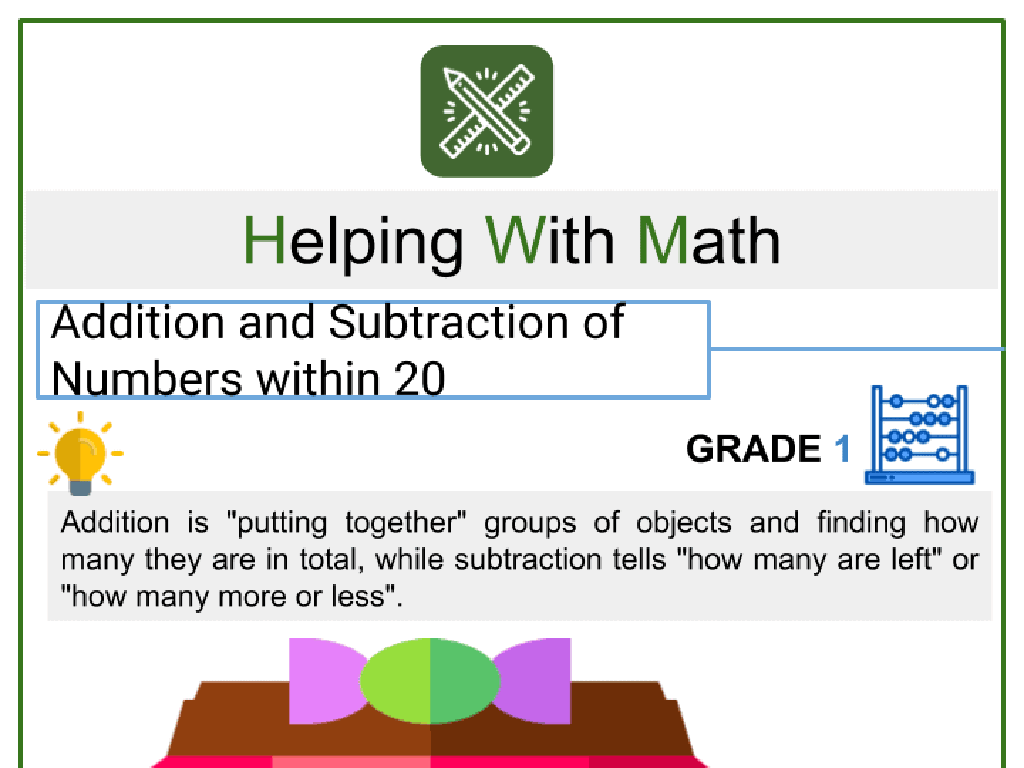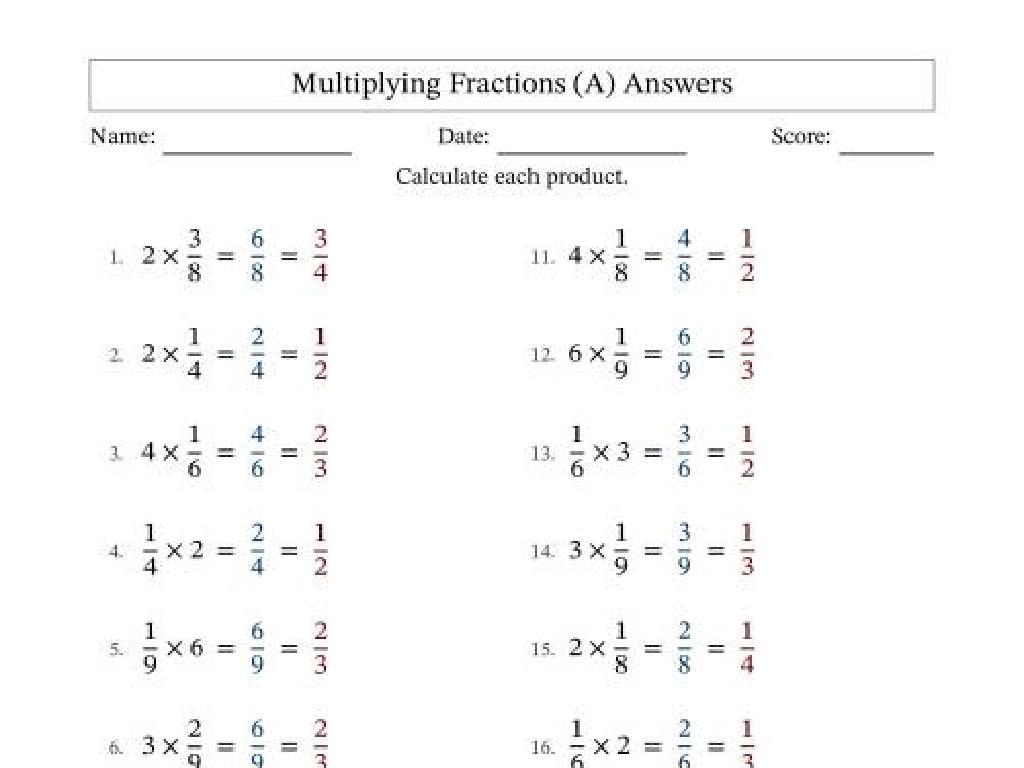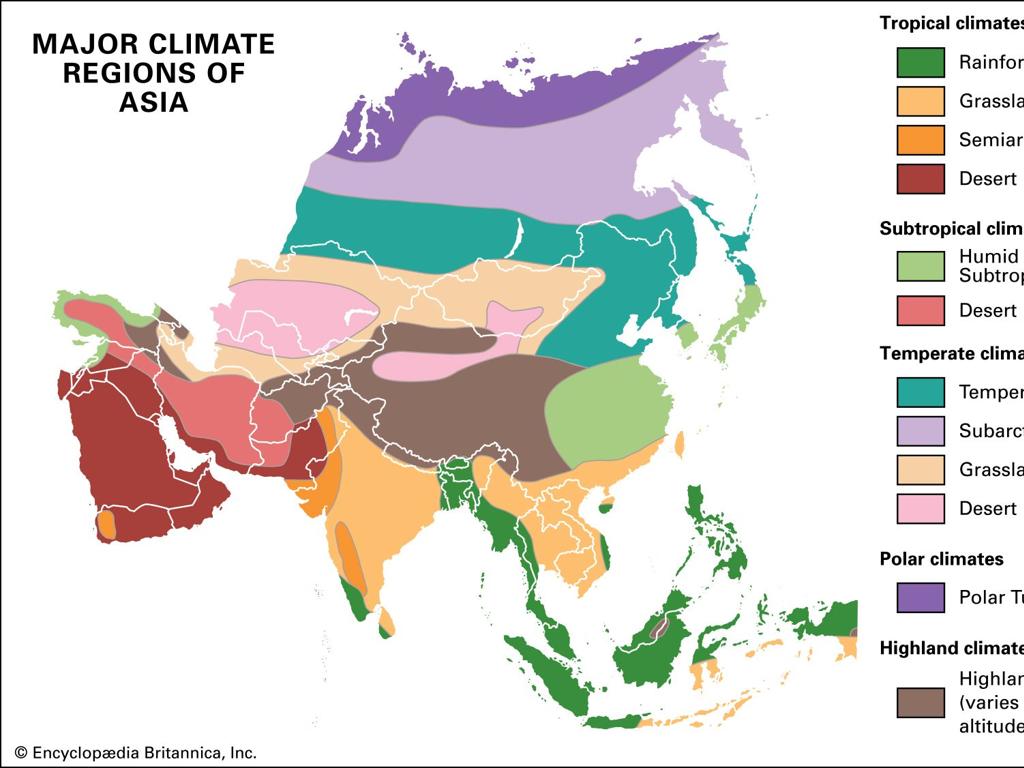Understand Quantity Supplied And Quantity Demanded
Subject: Social studies
Grade: Fifth grade
Topic: Supply And Demand
Please LOG IN to download the presentation. Access is available to registered users only.
View More Content
Exploring Quantity Supplied and Demanded
– Basics of buying and selling
– Supply & demand’s role in pricing
– What is quantity supplied?
– Quantity supplied: how much sellers are willing to sell at a certain price
– What is quantity demanded?
– Quantity demanded: how much buyers want to buy at that price
|
This slide introduces the fundamental concepts of supply and demand, focusing on the specific aspects of quantity supplied and quantity demanded. Begin by explaining the basic idea of buying and selling, where goods and services are exchanged for money. Then, discuss how supply (the amount sellers provide) and demand (the amount buyers want) work together to determine the price of an item. Emphasize that ‘quantity supplied’ refers to the amount of a product that producers are willing to sell at a given price, while ‘quantity demanded’ is the amount that consumers are willing to purchase at that price. Use relatable examples, such as a lemonade stand, to illustrate how changes in price can affect how much lemonade is supplied and demanded. Encourage students to think of examples from their own experiences.
Exploring Supply in Our Daily Lives
– What is Supply?
– Supply is the amount of goods available.
– Everyday examples of Supply
– Lemonade stands, grocery stores, toy shops.
– Understanding the Law of Supply
– If more goods are available, they might cost less.
– Supply vs. Price relationship
|
This slide introduces the concept of supply, a fundamental element of economics, to fifth-grade students. Begin with a definition of supply as the total amount of a product or service that is available for purchase. Use relatable examples such as lemonade stands or the number of toys in a store to illustrate the concept. Discuss the Law of Supply, explaining that generally, as more of an item is available, the price may go down because it’s easier to find. Encourage students to think of times when they’ve seen a lot of one item for sale and whether it was cheaper than when it was rare. This will help them understand the relationship between supply and price.
Exploring Demand in Our World
– What does ‘demand’ mean?
– Demand is how much of something people want to buy.
– Seeing demand in daily life
– Toys before holidays or ice cream in summer show demand.
– Demand’s effect on prices
– When more people want something, it can cost more.
– The Law of Demand
– If a lot of people want a product, the price usually goes up.
|
This slide introduces the concept of demand to students. Begin by defining demand as the desire to purchase goods and services at certain prices. Use relatable examples like the increased demand for toys during the holiday season or ice cream on hot days to illustrate the concept. Discuss how high demand can lead to higher prices, using simple examples like a popular new toy becoming more expensive. Introduce the Law of Demand, explaining that as more people want an item, the price tends to increase. Encourage students to think of examples from their own experiences where they’ve seen prices change due to demand.
Exploring Quantity Supplied
– Quantity Supplied vs. Supply
– Quantity Supplied is the amount sellers provide at a specific price, while Supply is the overall willingness to sell at any price.
– The Supply Curve Explained
– A graph showing how many goods sellers will supply at different prices.
– Pencil Supply: A Real-life Example
– If the school store raises pencil prices, they might supply more pencils, expecting higher profits.
– How Supply Reacts to Demand
|
This slide aims to clarify the concept of quantity supplied and how it differs from the general term ‘supply.’ Emphasize that quantity supplied refers to a specific number of items at a particular price point, whereas supply is the broader concept of how much of a product is available over a range of prices. Use the supply curve to illustrate the relationship between price and quantity supplied visually. The real-life example of pencil supply in school will help students understand how changes in price can affect how much of a product is supplied. Discuss how suppliers, like the school store, might change the number of pencils they supply based on the price they can sell them for.
Exploring Quantity Demanded
– Difference: Quantity Demanded vs. Demand
– Quantity Demanded is the specific amount buyers want at a price, while Demand is the overall desire for a product.
– Learn about the Demand Curve
– A graph showing how many goods are bought at different prices.
– Ice Cream Demand: A Hot Day Example
– More ice cream is wanted when it’s hot outside!
|
This slide aims to clarify the concept of quantity demanded and how it differs from demand. Quantity demanded refers to the specific amount of a product that consumers are willing to purchase at a given price, whereas demand refers to the overall desire for a product or service. The demand curve is a graphical representation that shows the relationship between the price of a product and the quantity of the product that consumers are willing and able to purchase during a certain period. To make this concept relatable for fifth graders, use the example of ice cream demand increasing on a hot day due to the weather influencing people’s desire for a cool treat. This example will help students understand how external factors can affect demand. Encourage students to think of other examples where the weather or different events might change how much of something people want.
Supply and Demand in Action
– How supply & demand interact
Supply is how much of something is available, demand is how much it’s wanted.
– Market equilibrium explained
It’s the sweet spot where the amount of toys made equals the number people want to buy.
– Effects of a toy’s popularity
If a toy is popular, more people want it, so the demand goes up!
– Understanding market changes
|
This slide aims to help students grasp the basic concepts of supply and demand, and how they determine the price and availability of goods in a market. Start by explaining supply and demand as fundamental forces that drive the marketplace. Then, introduce the concept of market equilibrium, where the quantity of goods supplied matches the quantity demanded. Use a relatable example, such as the sudden popularity of a new toy, to illustrate how an increase in demand (more kids wanting the toy) can affect supply (how many toys stores have). Discuss what might happen if the toy store doesn’t have enough toys for everyone who wants to buy one. This will help students understand how changes in supply and demand can lead to changes in the market.
Let’s Practice: Classroom Market Simulation
– Set up a classroom market
– Role-play as buyers and sellers
– Some students will sell items, others will buy, using fake currency.
– Discuss our supply and demand findings
– What happens when many want the same item? Or if nobody wants an item?
– Reflect on the activity’s lessons
|
This activity is designed to give students a hands-on experience with the concepts of supply and demand. Set up stations around the classroom representing different ‘stores’ where students can ‘buy’ and ‘sell’ items using play money. Assign roles to students, with some acting as sellers and others as buyers. After the activity, lead a discussion to reflect on what happened during the simulation. Ask questions like: ‘What did you notice when lots of people wanted to buy the same thing?’ or ‘How did sellers react when not many people wanted to buy their item?’ This will help students connect the activity to real-world economics. Provide guidance and facilitate the discussion to ensure all students understand the key concepts of supply and demand.
Wrapping Up: Supply & Demand
– Recap: Quantity Supplied & Demanded
– How sellers decide how much to sell and buyers decide how much to buy.
– Applying Knowledge in Real Life
– Think of a lemonade stand: How weather affects how much lemonade is sold and bought.
– What We’ve Learned Today
– Looking Forward to More Social Studies
– Get excited for more economic adventures!
|
As we conclude today’s lesson, let’s review the key concepts of quantity supplied and demanded. We learned how these quantities are determined by sellers and buyers in the market. To help students apply this knowledge, consider everyday situations like running a lemonade stand and how factors like weather can influence supply and demand. Reinforce the importance of these concepts and how they relate to the broader economy. Looking ahead, prepare students for the next topic in Social Studies, ensuring they understand that these lessons build on each other and that their knowledge of supply and demand will be a foundation for future learning.
Class Activity: The Lemonade Stand
– Form groups for lemonade stands
– Decide your lemonade supply
– How much lemonade would you make?
– Consider different scenarios
– Weather, events, or price changes
– Share strategies with the class
|
This interactive class activity is designed to help students understand the concepts of quantity supplied and quantity demanded through a fun and engaging lemonade stand simulation. Divide the class into small groups, each representing a lemonade stand. Each group will decide how much lemonade they want to supply under various scenarios such as a hot day versus a rainy day, a busy park versus a quiet street, or a regular price versus a sale price. After the activity, each group will share their strategy and the outcomes they predicted with the rest of the class. This will help students grasp how external factors influence supply and demand. Possible scenarios for the activity: 1) Sunny weekend at the park, 2) Rainy day near the library, 3) Discounted lemonade after school, 4) Competing with another lemonade stand at a sports event.





